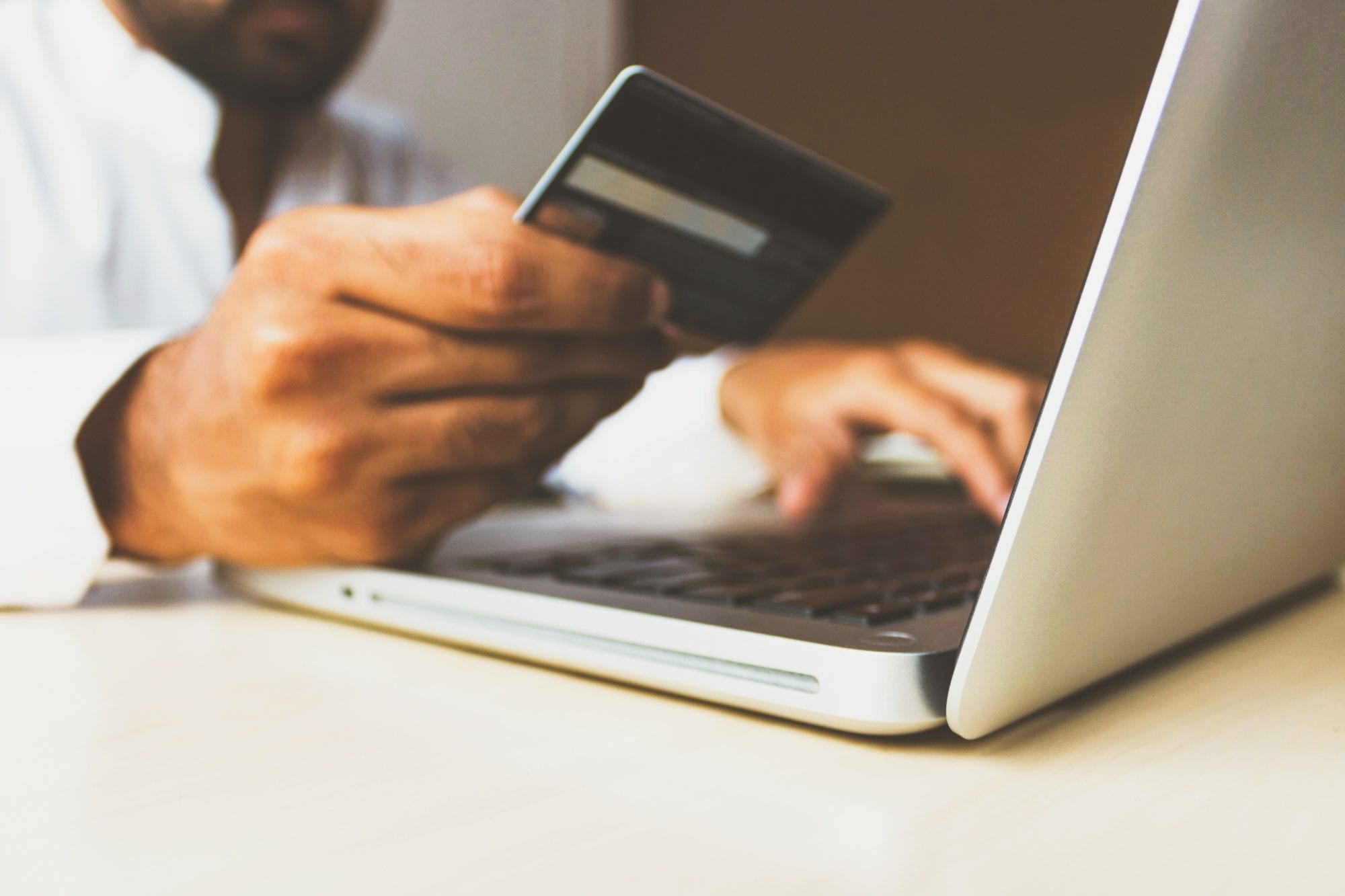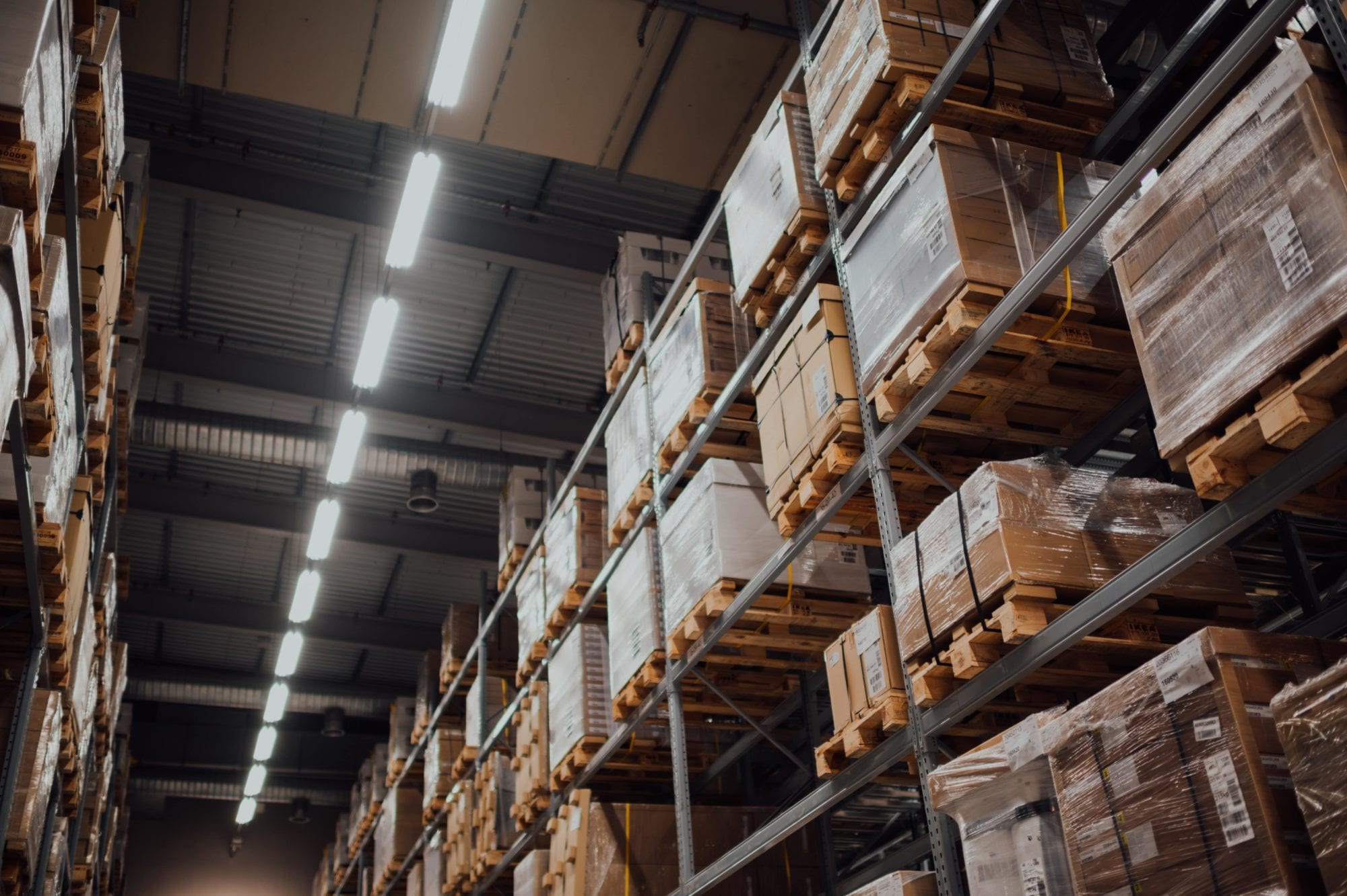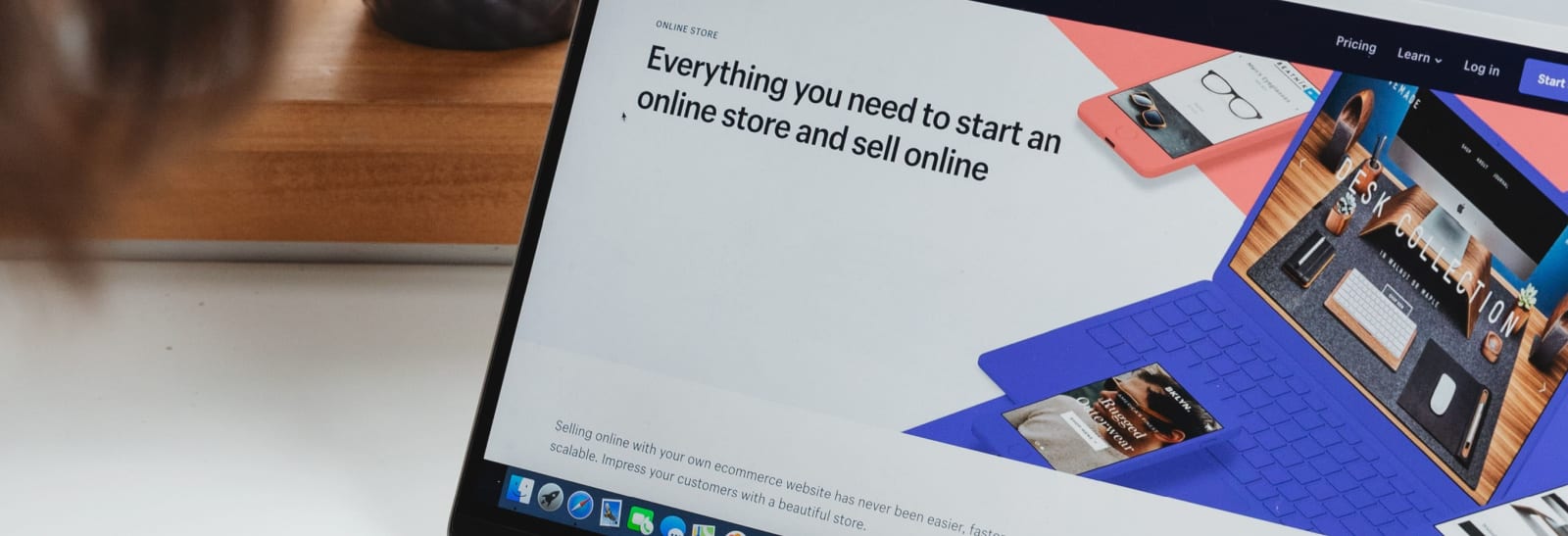Should you take back orders? It’s a question faced by eCommerce businesses across the world. Taking back orders offers a variety of risks and rewards, but weighing them up can be a challenge. So, if you want to find out if back orders are right for your eCommerce store, keep on reading.
What is back ordering?
Back orders offer a way of fulfilling orders even when you’ve run out of stock. Customers can place an order, but it won’t be delivered until it’s back in stock.
Picture the scene. Your product is flying off your (digital) shelves and you can’t keep up with demand. What are your options? Turn away customers and take that super popular product off sale? No. You can take back orders instead.
A great real-world example of back ordering in action is Apple. Every one of their new iPhones has triggered enormous demand at launch, with more people wanting to purchase an iPhone than Apple has in stock. So, Apple uses back ordering – allowing customers to order an iPhone and providing them with a date in the near future when their new phone will be delivered.
But, making back ordering work requires you to have appropriate processes and systems in place. Thanks to companies like Amazon, customer expectations are high. If you’re going to take back orders, then you’ll need to be able to deliver them quickly.
Customer expectations and back orders
As the point above makes clear, you should establish if your customers will actually accept back orders, before you offer it as an option.
Customer expectations are governed by the market in which you operate and the products you offer. If your eCommerce store specialises in products that fulfill an immediate need (e.g. cleaning products or other generic household consumables), it’s highly unlikely that they’ll accept a back order. Instead, they’ll turn to one of your competitors or a nearby brick and mortar store.
On the other hand, if you offer more niche, specialist products, then customers will generally be more understanding and willing to accept a back order. For example, if you offer bespoke bicycles, or customised trainers then back ordering will play an important part of your fulfilment process. In fact, some brands – a great example being Glossier – actually build back ordering into their marketing. Deliberately releasing limited runs of products, they generate excitement and demand, gaining tens of thousands of orders which are then fulfilled on a back order basis.
Another interesting example of back ordering in action is the rise of crowdfunding. Although it has a different name, it’s essentially back ordering. A company or individual will advertise a forthcoming product (usually on a crowdfunding website such as Kickstarter or Indiegogo) and consumers will place an order, which is then fulfilled at some point in the future. Crowdfunded products are typically specialist or novel in nature.
Working out if your customers will accept back orders boils down to whether your products are generic or specialist.
If you’ve considered those points and still think that back ordering could work for your eCommerce store, let’s take a look at the advantages and disadvantages of back ordering in more detail…


The advantages of back ordering
The advantages of back ordering can be many – from increased revenue and customer insights through to reduced storage costs. Below, you’ll find more information on each of these benefits.
You secure the order
This might seem like an obvious point, but it’s an important one! By offering a back order (rather simply saying the product is out of stock) you secure an order and can begin building a relationship and conversation with the customer. By offering back orders you also prevent that potential customer from going to a competitor.
Save on storage space
Setting up a reliable back ordering process allows you to reduce the amount of inventory you have to keep in storage – reducing both the direct and indirect costs of storage. By monitoring which products sell consistently, versus products which are ordered infrequently, you can use back ordering to create the most efficient warehouse ‘footprint’, creating savings that you can pass on to your customers.
Create guaranteed demand
If you are a manufacturer of products, then back ordering can be a brilliant way of creating guaranteed demand. Offering back ordering allows you to accurately gauge demand for your product – meaning you won’t over or under produce a product. Your production can exactly meet demand.
Fund production costs
Not only can back orders help you accurately gauge market demand for your product, but it can also fund the production of your product. Taking back orders provides cash flow which can then be used to (at least partially) fund production. Although there are some important caveats to this (which we’ll cover in the disadvantages of back ordering later).
Market insights
Back ordering can also furnish you with important market insights. With back ordering you can see what people are willing to pay and wait for. These insights can have an important impact on your forward planning and business strategy. Intelligence gained from back orders can help you better figure out future product launches (as well as which products to potentially drop from your eCommerce store).
It facilitates customisation
If you are a company that offers customised products – which could be everything from trainers to cars – then back ordering is a great way of managing the order process. You can sell customised products that may have a long lead time, whilst securing payment up front.
Create FOMO
As the example of Glossier that we mentioned earlier demonstrates, when back ordering and effective marketing are combined they can create a real sense of hype and FOMO (Fear Of Missing Out) for your products. Naturally, the products you place on back order must have a genuine value and be sought after by potential customers – otherwise, they’ll just go elsewhere.
Disadvantages of back ordering
As with any business decision, choosing to offer back ordering can have some disadvantages. Below, we’ve taken an in-depth look at each potential disadvantage of back ordering.
Cancellations
Today’s rapid fulfilment environment has changed consumer expectations. When ordering online, consumers expect to receive their orders quickly. The longer someone has to wait for their order, the more likely they are to cancel it.
Back orders can leave you exposed to cancellations, leaving you out of pocket. The customer may have second thoughts about their order, or may have found the same item on another eCommerce store (this reiterates the importance of establishing if back ordering is right for your product range. If you sell items that can’t be ordered elsewhere, the more likely you are to successfully fulfill a back order).
Cancellations can also prove troublesome if you are planning to use the capital from back orders to ramp up production of the product. Too many cancellations and you won’t have sufficient capital.
To avoid cancellations, you’ll need to ensure you have a robust fulfilment process in place.
Managing lead times
If you offer back ordering, then you’ll have to stay on top of lead times from your suppliers. If the items you need to fulfill back orders have long lead times, then you run the risk of ‘piling up’ back orders, leaving your customers unhappy, creating cancellations and damaging your reputation.
If you’re considering offering back ordering on your eCommerce store, make sure you factor in product supply lead times into your decision.
Increased customer service demands
Back orders can increase the demands on your customer service teams. If you don’t offer a fulfilment process that keeps customers well informed of the progress of their order, then you run the risk of receiving phone calls and emails from frustrated customers who want to know where their order is.
Get back ordering wrong and you can find yourself flooded with customer enquiries.
Payment processing issues
If you have a long lead time on back orders then you may face payment processing issues.
For example, the credit card details provided by a customer during their initial purchase, may have expired (if you wait to take payment until the order ships). If this happens, then you’ll have the headache of reaching out to the customer to get new payment details – frustrating the customer, giving them another chance to change their mind and using up more of your customer service resources.
Lost rankings and sales
Deciding to offer back ordering rather than keeping items continually in stock can impact your search engine and other eCommerce rankings.
For example, if you sell on Amazon and your item goes out of stock, you will lose several places in the product rankings immediately. If your item remains out of stock for two or more days, you will lose even more places. So, allowing an item to go out of stock can negatively impact your search visibility, and by consequence, lose you sales.


How to effectively manage back orders
If you’ve weighed up the advantages and disadvantages of back ordering and decided it’s the right thing for your eCommerce store, there are a number of things you can do to make the whole back ordering process run smoothly.
Communicate, communicate, communicate
Communication is one of the most important parts of the back ordering process. If a customer doesn’t know that a product will need to be back ordered when they make a purchase, let them know. If a lead time for a back ordered product lengthens, let them know. If any aspect of their order changes during the back order process, let them know.
Whatever it is, communicate with your customers. Communication is key to keeping customers engaged throughout the back ordering process and stopping them cancelling their orders.
Build excitement
The concept of ‘waiting’ for a product can build its exclusivity. The idea of limited numbers, being one of a select group of people who are waiting to receive a product, can be a powerful idea. If you can effectively capitalise on this, then your back order process can actually be a positive for your business and your brand.
Offer multiple delivery options
Depending on your eCommerce store, you customers may be able to order multiple items at once. If that’s the case for your business, why not offer separate shipping options? For example, if a customer orders three books from you and one is on back order, let them choose to ship the two books that are in stock straight away. This will keep the customer happy whilst they’re waiting for their third back ordered book.
Use a trusted, data-driven fulfilment partner
If you can’t get your fulfilment process right, then back ordering won’t be right for your eCommerce store. But, by partnering with a reliable, data-driven fulfilment partner then the advantages of back ordering can be yours. A trusted fulfilment partner will take a data-driven approach to determine safety nets for stocking levels, re-ordering inventory and much more. Choose a third party fulfilment partner, but choose wisely.
We hope this article has helped you weigh up the pros and cons of back ordering for your eCommerce store.
Discover more ways to gain a competitive advantage for your eCommerce store. Contact 3PL today for some friendly advice and support.
Find more advice for your eCommerce store on the 3PL blog…
Expedited Shipping Explained | 5 Ways to Improve Your Order Fulfillment Process | Rethinking Returns: Why Return Policies Are Vital For a Good Customer Experience







